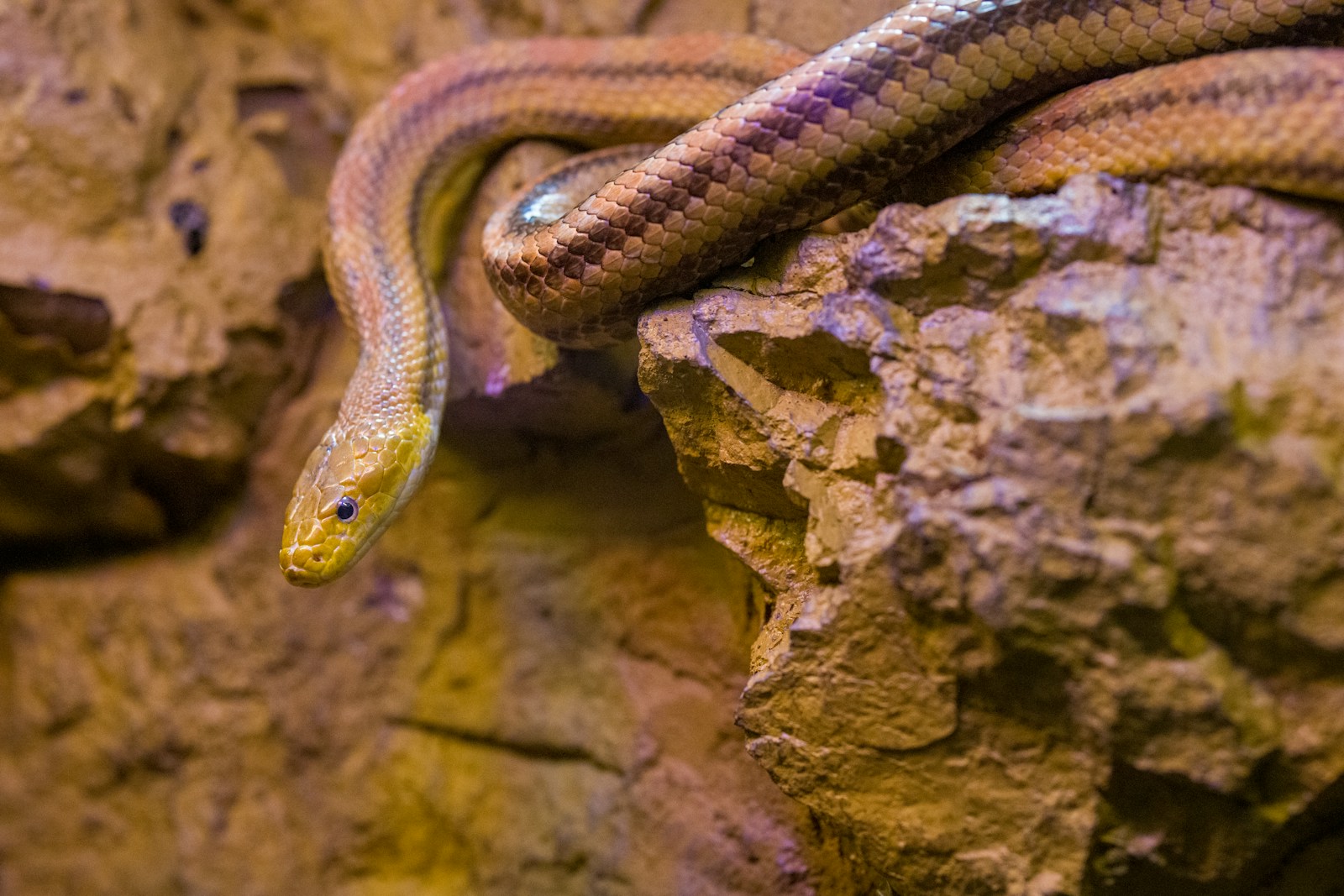Nature is full of remarkable examples of evolutionary adaptations that help animals survive in their environments. Among these, the hunting strategies of certain snake species stand out as particularly fascinating examples of natural deception. Several snake species have evolved the extraordinary ability to use their tails as lures to attract unsuspecting prey within striking distance. This article explores these remarkable reptiles, with special focus on the eastern hognose snake and its clever hunting tactics, physical adaptations, and ecological role.
The Art of Caudal Luring
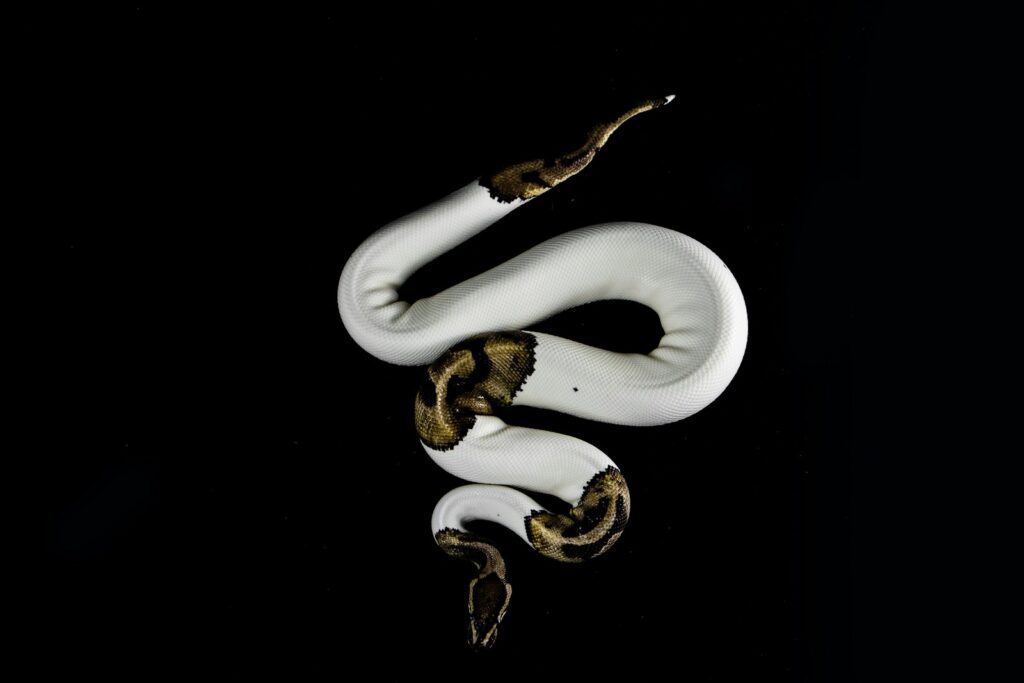
Caudal luring is a hunting technique where a snake uses movements of its tail to mimic the appearance of a small invertebrate or worm to attract potential prey. This sophisticated form of aggressive mimicry represents one of nature’s most ingenious hunting adaptations. The snake typically remains motionless except for its tail, which it wiggles in a manner resembling the movements of potential prey for its target animals. When the curious prey approaches to investigate the apparent meal, it unwittingly places itself within the snake’s striking range. This strategy is particularly effective because it turns the tables on predator-prey dynamics, transforming the hunter into what appears to be the hunted until the final, deadly moment of truth.
The Death Adder: Master of Deception
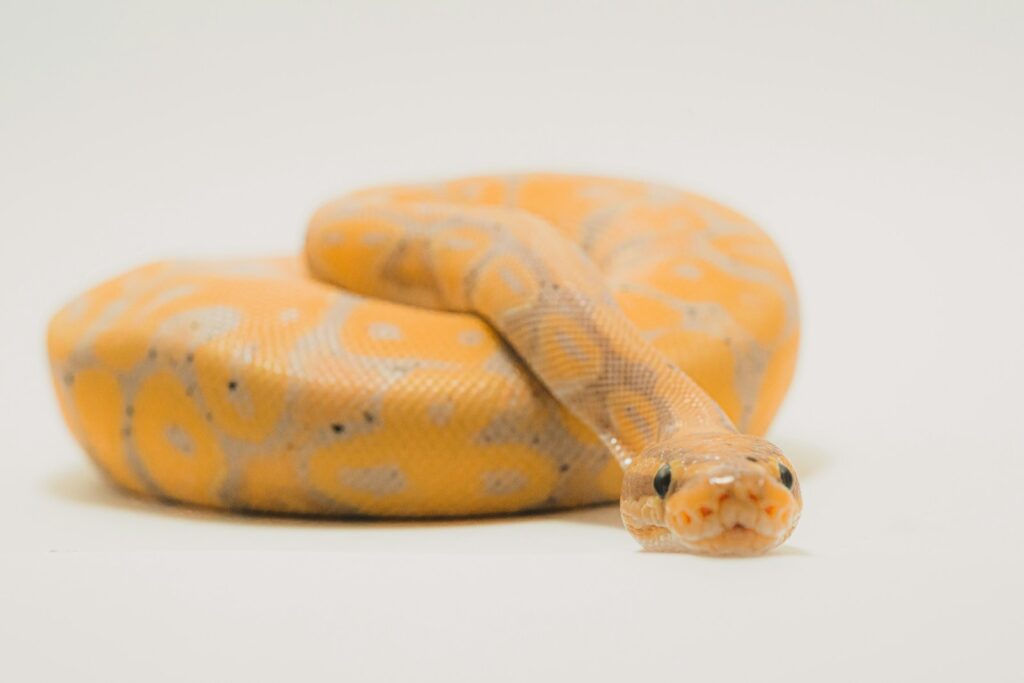
Among the most renowned practitioners of caudal luring is the death adder (Acanthophis species), native to Australia, New Guinea, and nearby islands. The death adder possesses a distinctively different-colored tail tip that contrasts with its body, often appearing worm-like when moved. When hunting, this ambush predator buries itself in leaf litter with only its tail and head exposed, then wiggles its tail to attract lizards, frogs, birds, and small mammals. Death adders can change the frequency and pattern of their tail movements depending on the prey they’re targeting, demonstrating a sophisticated understanding of their victims’ behavior. Their patience is legendary, as they can remain motionless for days waiting for the perfect opportunity to strike.
Rattlesnakes: When Young Tails Tell Tales
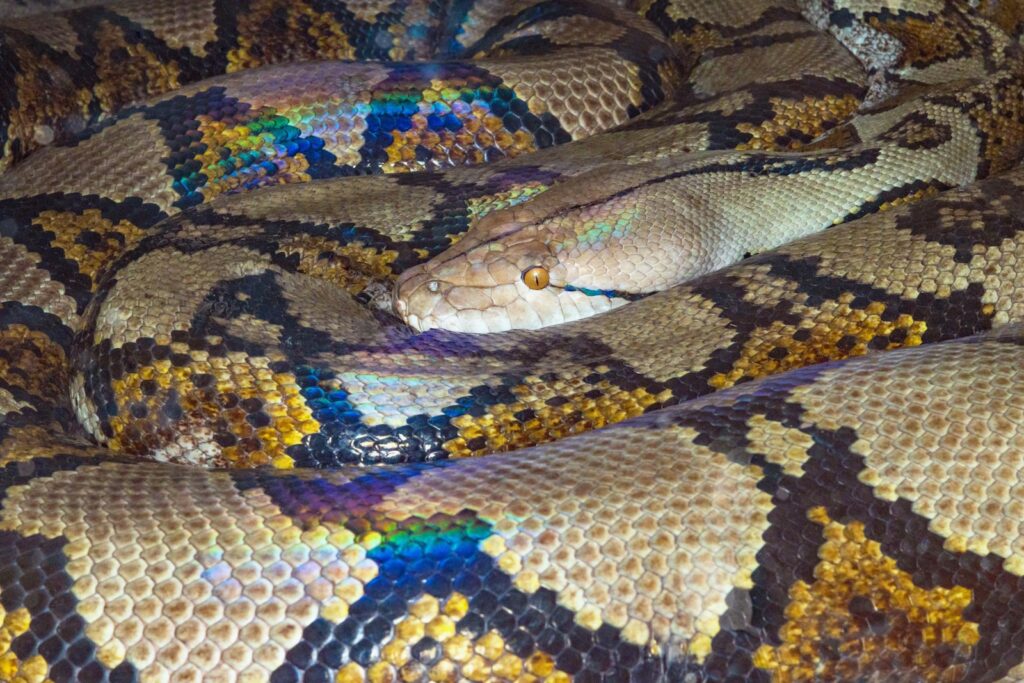
Interestingly, juvenile rattlesnakes employ caudal luring before developing their characteristic rattles. Young rattlesnakes possess a bright yellow or greenish tail tip that they wiggle enticingly to attract small lizards and frogs. This behavior typically disappears as the snake matures and its tail transforms into the familiar rattle used for warning rather than luring. The transition represents an evolutionary shift in tail function from predation to defense as the snake grows and changes its prey preferences and predator dynamics. Research suggests that this ontogenetic shift may be related to both the changing vulnerability of the growing snake and its ability to tackle larger prey items that might be less susceptible to luring tactics.
Copperheads and Their Sulfur Tails
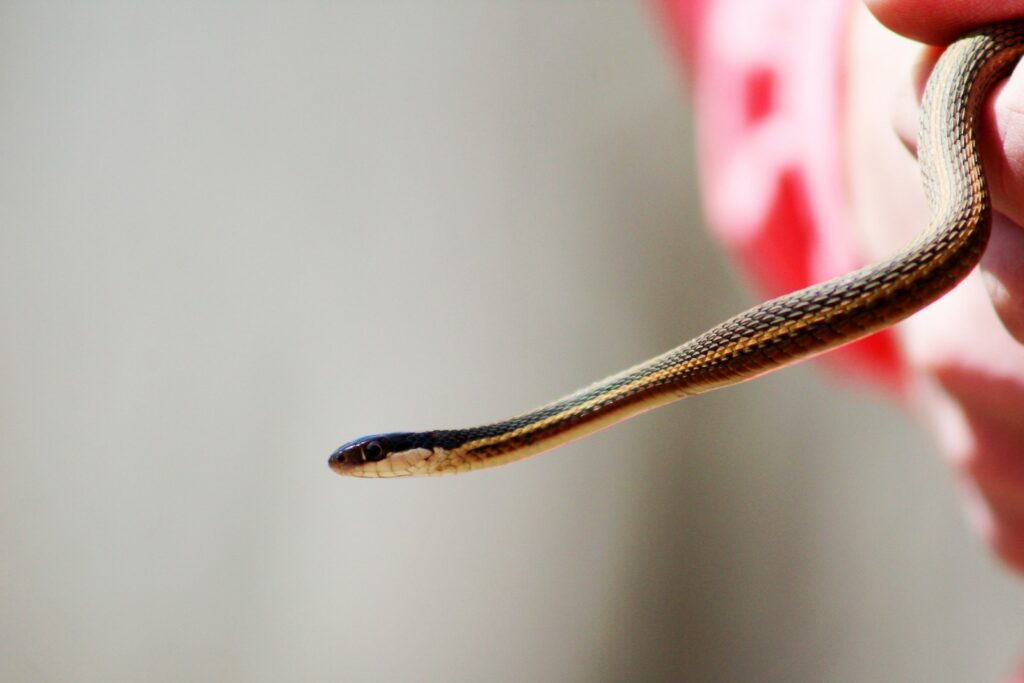
The North American copperhead (Agkistrodon contortrix) provides another excellent example of caudal luring, particularly among juveniles. Young copperheads possess a vibrant yellow or greenish tail tip, sometimes described as “sulfur yellow,” which they wiggle to mimic the movements of small insects or larvae. This bright coloration fades as the snake matures, corresponding with a decrease in caudal luring behavior. Studies have shown that juvenile copperheads actually have higher hunting success rates than adults when pursuing certain prey types, likely due to this specialized luring strategy. Researchers have documented that the young snakes will increase their tail-wiggling behavior specifically when potential prey species are detected nearby, demonstrating that this is not random movement but a calculated hunting technique.
The Fascinating Fer-de-Lance
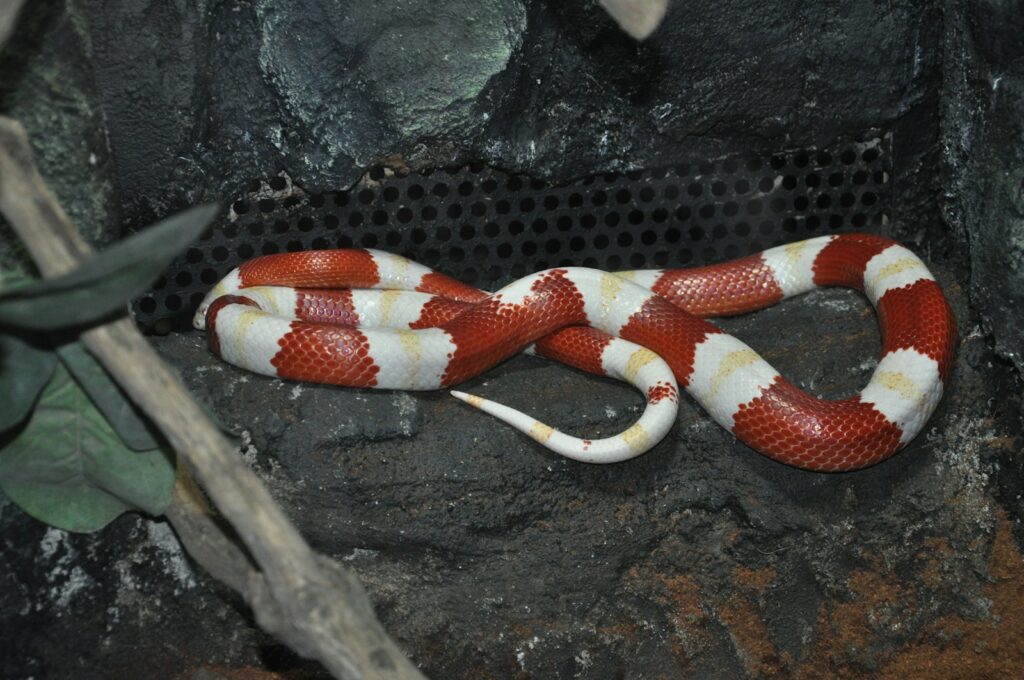
The fer-de-lance (Bothrops species), found throughout Central and South America, employs caudal luring as a juvenile hunting strategy. Young fer-de-lance snakes possess distinctive white-tipped tails that they wiggle to attract small vertebrates like frogs and lizards. This behavior is particularly important for young snakes who have not yet developed the strength and size to tackle larger prey items. As with other species that use this technique, the distinctive coloration of the tail tip tends to fade as the snake matures. Field observations have revealed that juvenile fer-de-lance snakes may position themselves specifically near sources of potential prey, such as fruiting trees that attract birds and mammals, to maximize the effectiveness of their luring behavior.
The Evolutionary Advantage
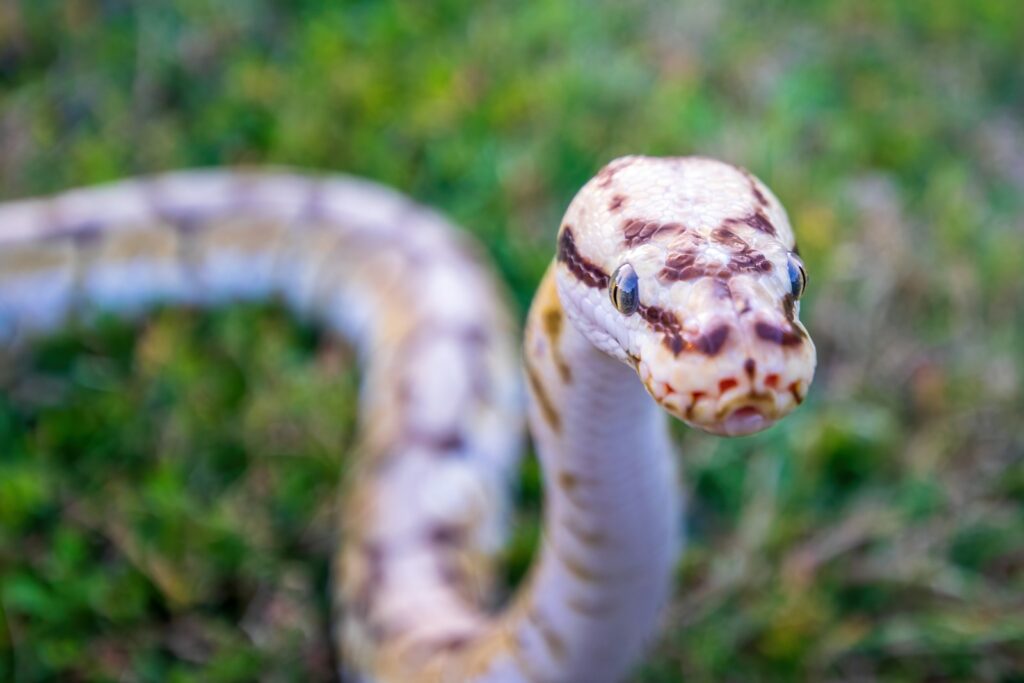
The independent evolution of caudal luring across multiple snake families suggests the significant adaptive advantage this behavior provides. By attracting prey rather than actively hunting it, snakes conserve valuable energy while increasing their chances of successful feeding. This strategy is particularly beneficial for ambush predators that lack the speed or endurance for active pursuit of prey. The technique also allows young snakes, which might be vulnerable during active hunting, to remain mostly concealed and motionless while still effectively feeding themselves. Evolutionary biologists point to caudal luring as a classic example of convergent evolution, where similar traits evolve independently in unrelated lineages due to similar environmental pressures and adaptive advantages.
Physical Adaptations for Luring
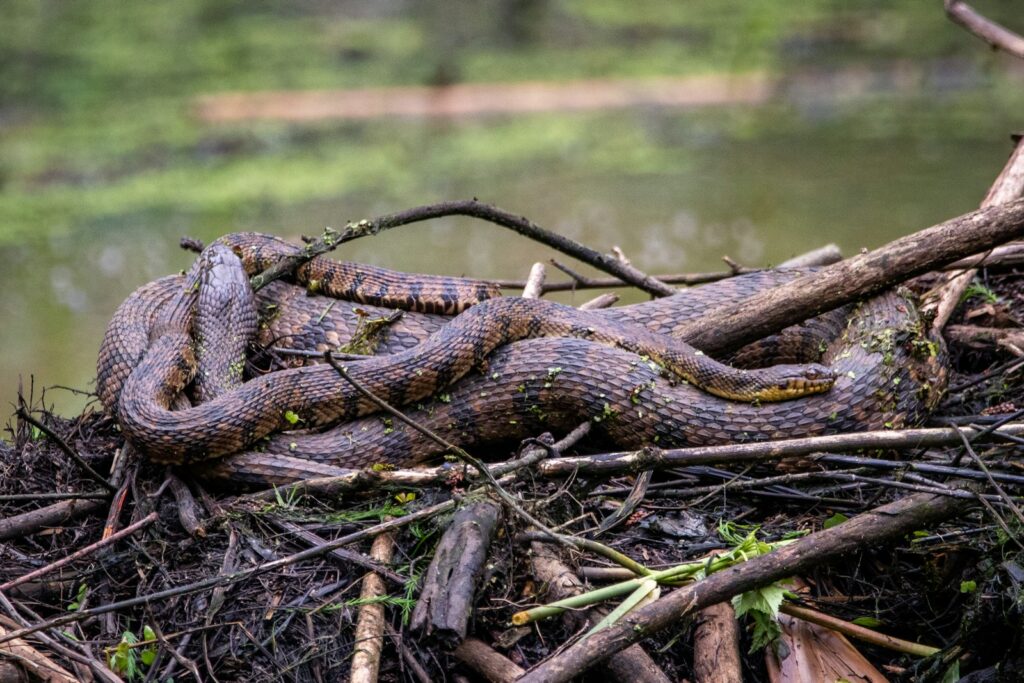
Snakes that employ caudal luring typically display specific physical adaptations that enhance the effectiveness of this strategy. The most common adaptation is a distinctively colored tail tip that contrasts with the rest of the body, increasing visibility to potential prey. The tail is often thinner and more flexible than the rest of the body, allowing for more worm-like movements. In some species, the tail scales have a different texture or arrangement that contributes to the mimicry of prey organisms. Additionally, the nervous system of these snakes has evolved to allow precise control of tail movements independent from the rest of the body, creating more convincing mimicry of the small invertebrates they’re imitating.
Target Prey Behaviors
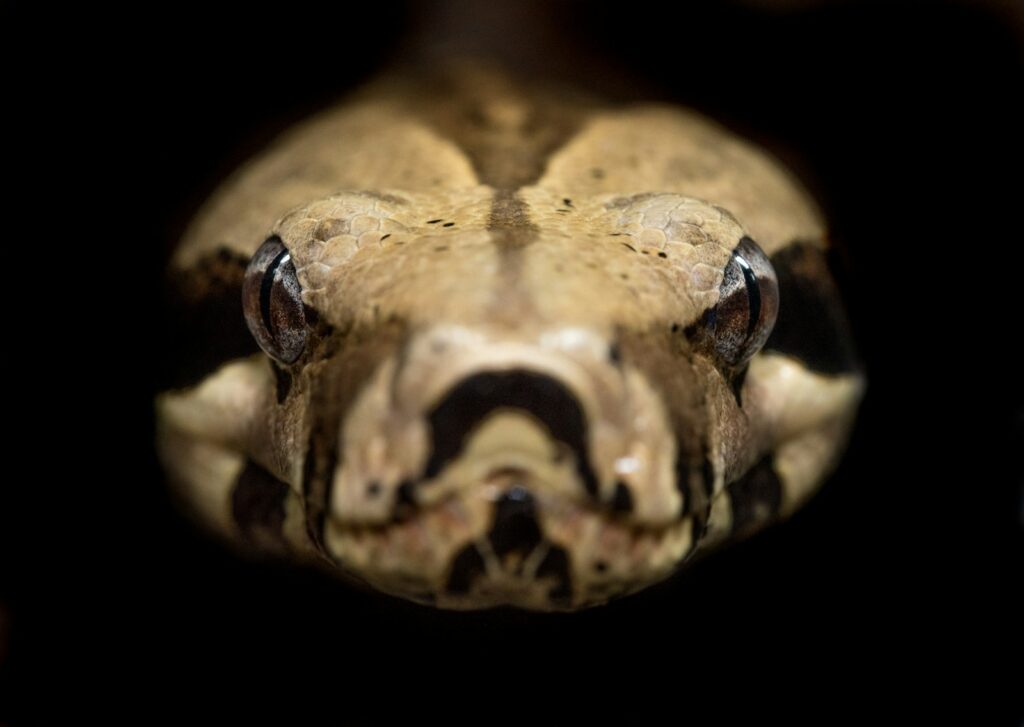
The effectiveness of caudal luring depends heavily on the natural behaviors of the target prey species. Most prey attracted by this method are visual hunters themselves, who naturally approach small moving objects that might represent food. Lizards, frogs, and birds are particularly susceptible to this form of deception due to their feeding strategies. Research has documented that different snake species may adjust their luring technique based on the specific prey they’re targeting, with variations in movement speed, pattern, and duration. Some studies suggest that certain prey species may have developed counter-adaptations to recognize and avoid caudal luring, creating an ongoing evolutionary arms race between predator and prey.
The Cottonmouth’s Youthful Strategy
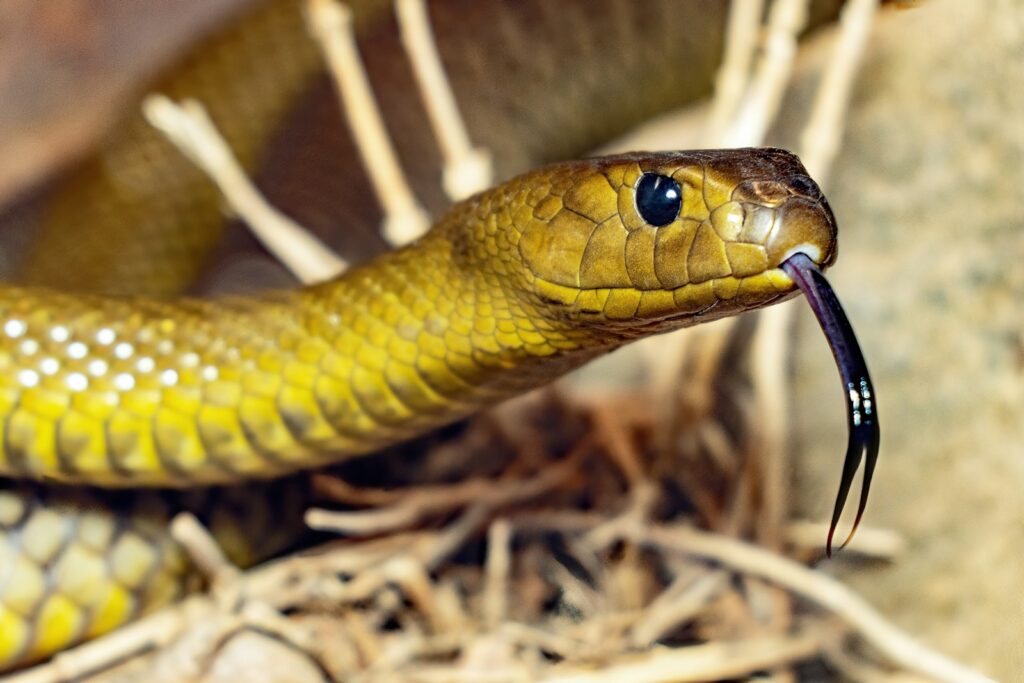
The cottonmouth or water moccasin (Agkistrodon piscivorus) is another pit viper that employs caudal luring during its juvenile stage. Young cottonmouths possess a striking yellow-green tail tip that they wiggle to attract frogs, lizards, and small rodents. Like many other vipers, they gradually lose this coloration and behavior as they mature and transition to different hunting strategies. What makes the cottonmouth particularly interesting is its semi-aquatic lifestyle, which allows it to employ caudal luring in both terrestrial and shallow water environments. Field studies have observed juvenile cottonmouths using their tail lures at the water’s edge to attract both aquatic and terrestrial prey, demonstrating the versatility of this hunting technique.
Scientific Research and Observations
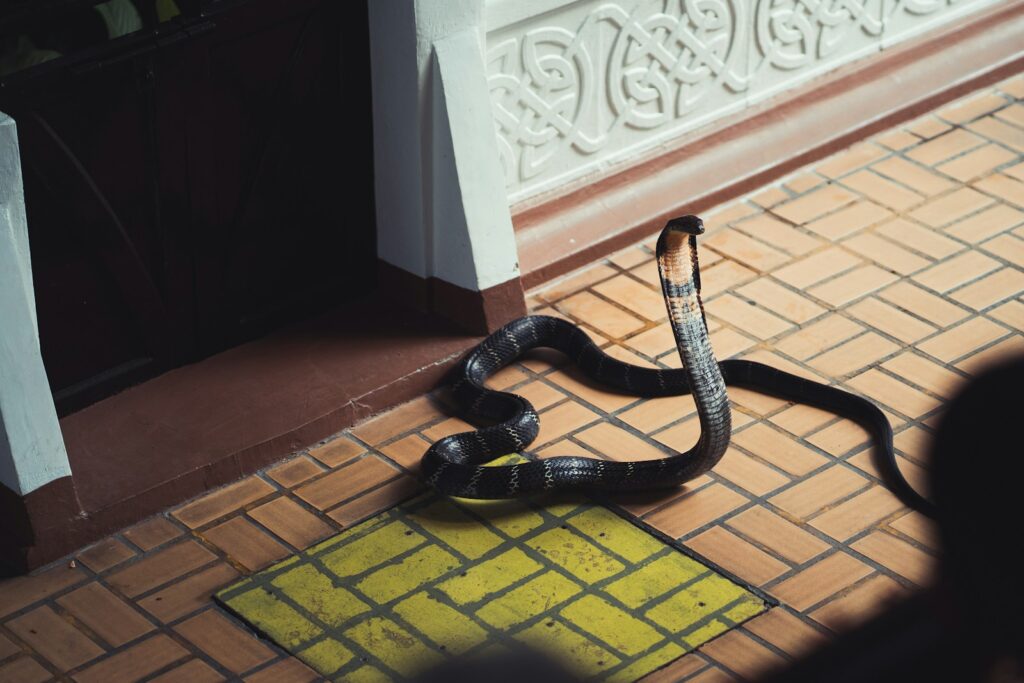
Scientific research into caudal luring has provided valuable insights into predator-prey dynamics and evolutionary adaptations. Laboratory studies have confirmed that the behavior is innate rather than learned, with captive-born snakes displaying the behavior without ever having observed it. High-speed video analysis has revealed the precise movements used by different species and how they vary based on prey type and environmental conditions. Field studies using prey models with different characteristics have helped researchers understand exactly which aspects of the lure (color, movement pattern, size) are most attractive to different prey species. This research not only enhances our understanding of snake behavior but also provides broader insights into the evolution of predatory adaptations.
Conservation Implications
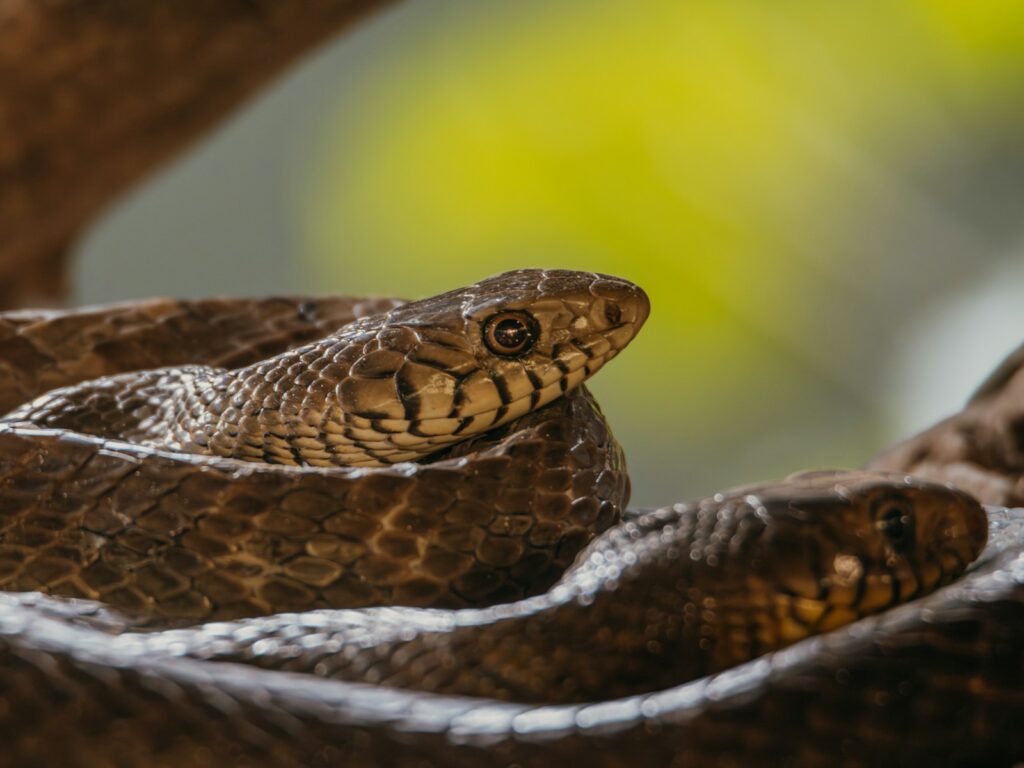
Understanding specialized behaviors like caudal luring has important implications for conservation efforts focused on these snake species. Habitat degradation or fragmentation may disrupt the delicate predator-prey relationships that these specialized hunting strategies depend upon. Many of the species that employ caudal luring are already threatened by habitat loss, climate change, and human persecution. Conservation strategies must consider these specialized behaviors when designing protected areas or reintroduction programs. Additionally, public education about these fascinating hunting adaptations can help generate appreciation for these often-feared reptiles, potentially reducing intentional killing and promoting their conservation.
Cultural Significance and Human Perception
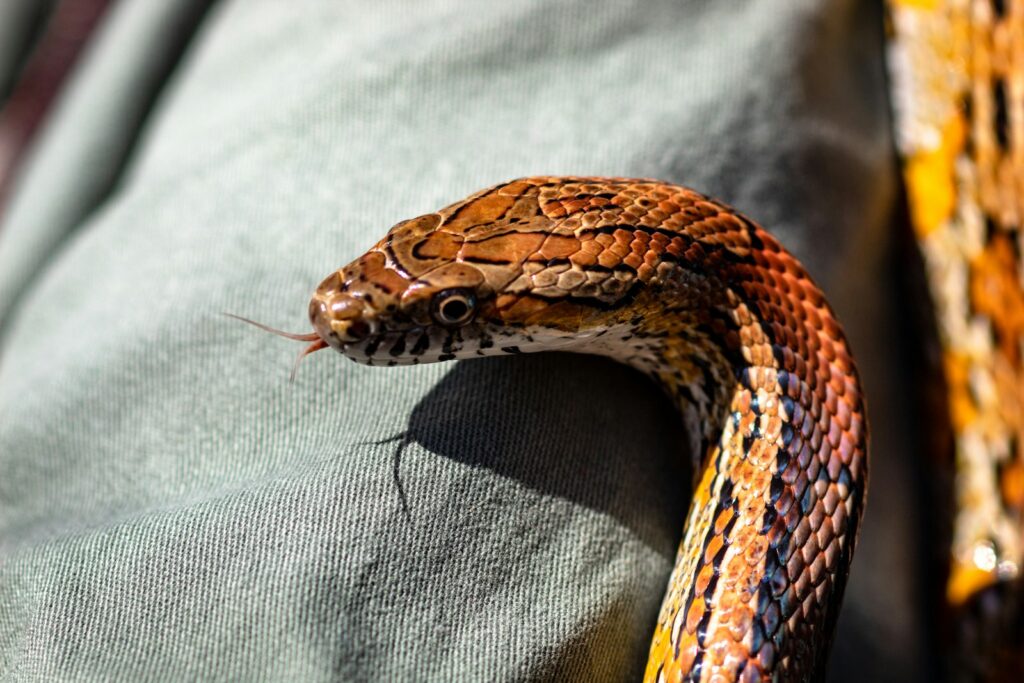
The deceptive hunting tactics of snakes have influenced human perception and cultural representations of these reptiles throughout history. In many cultures, snakes are associated with trickery, cunning, and deception—characteristics that may stem from observations of behaviors like caudal luring. These associations have contributed to the complex and often fearful relationship between humans and snakes in many societies. However, increasing scientific understanding and educational outreach are helping to transform fear into fascination for many people. Nature documentaries featuring these remarkable hunting behaviors have helped viewers appreciate the sophisticated adaptations these animals have developed over millions of years of evolution.
Conclusion
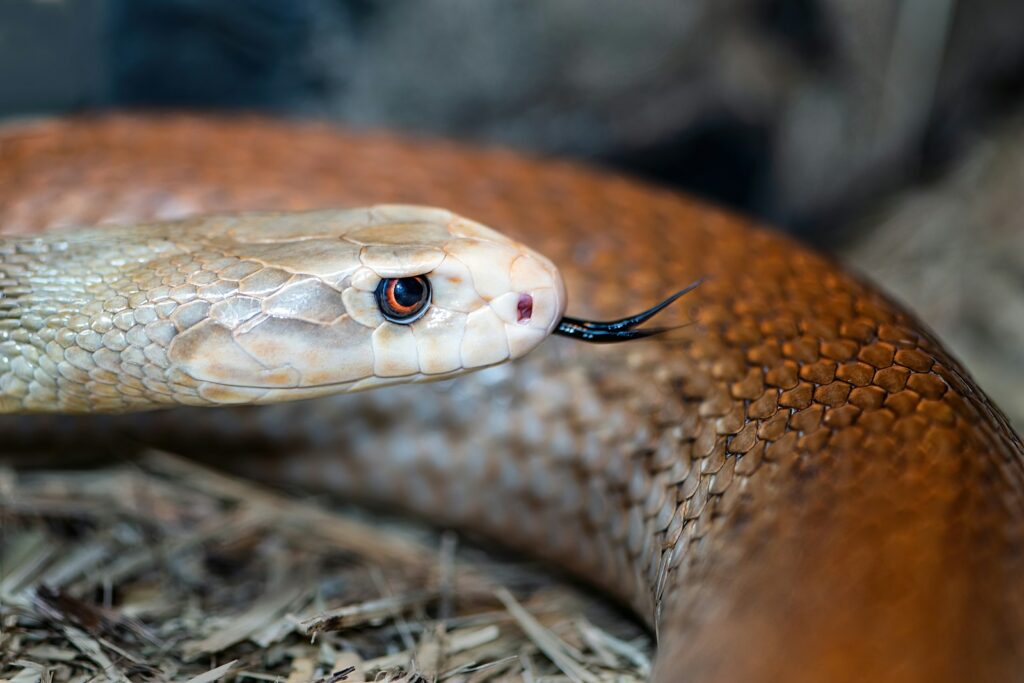
The ability of certain snake species to use their tails as lures represents one of nature’s most fascinating examples of evolutionary adaptation. From the death adder’s patient ambush tactics to the bright-tailed juveniles of various viper species, caudal luring demonstrates the remarkable diversity of hunting strategies that have evolved among predators. These specialized behaviors not only provide a window into the complex relationships between predators and prey but also remind us of the endless ingenuity of natural selection. As research continues to reveal more details about these remarkable behaviors, our appreciation for these often-misunderstood reptiles only grows deeper, underscoring the importance of protecting them and their habitats for future generations to study and admire.

